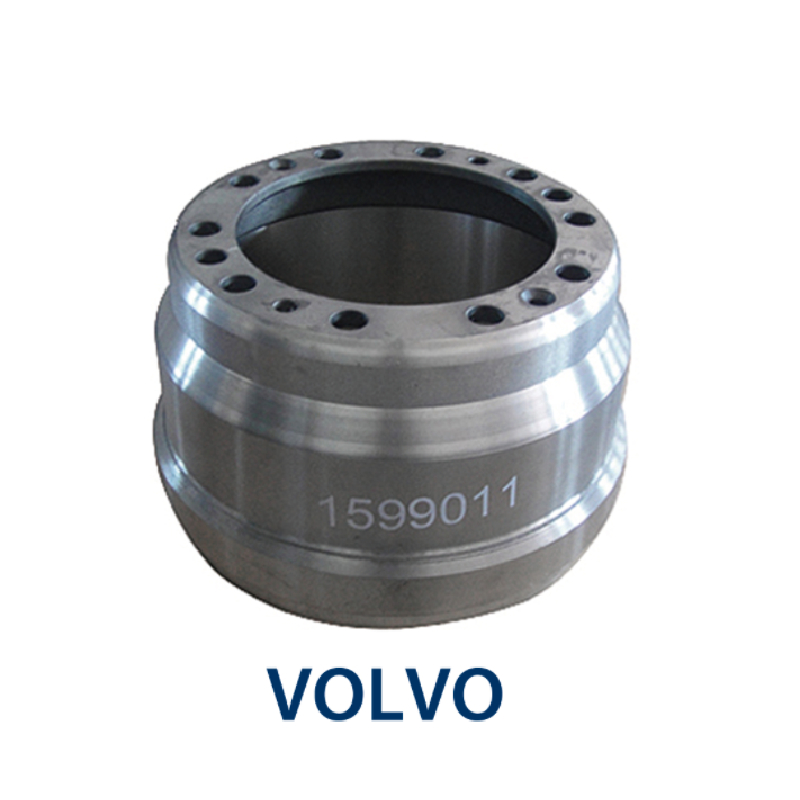Oct . 21, 2024 19:25 Back to list
Measuring Brake Drum Specifications for Optimal Vehicle Performance and Safety
Understanding Brake Drum Measurement A Comprehensive Guide
Brake systems are critical components of vehicles, ensuring safety and efficient functioning. Among various parts that contribute to this essential function, brake drums play a pivotal role, particularly in drum brake systems. For optimal performance, understanding and measuring brake drums accurately is vital. This article delves into the importance of brake drum measurement, the methodologies involved, and the factors influencing brake drum performance.
What is a Brake Drum?
A brake drum is a cylindrical component of a drum brake system, which uses friction to slow down or stop a vehicle. As the brake shoes press against the inner surface of the drum, they create friction that ultimately halts the vehicle's motion. Due to their crucial role, maintaining these components in good condition is vital for vehicle safety.
Importance of Brake Drum Measurement
Precise measurement of brake drums is essential for several reasons
1. Safety Worn or improperly sized brake drums can lead to brake failure, which can have catastrophic consequences. Regular measurement helps identify issues before they compromise safety.
2. Performance For optimal braking performance, brake drums must be within specified tolerances. Incorrect measurements can lead to inefficiencies, including increased stopping distance and uneven wear on brake components.
3. Cost-Effectiveness Timely measurements can aid in the proactive replacement or machining of brake drums, thereby avoiding more severe damage and costly repairs in the long run.
4. Regulatory Compliance Many regions have regulatory standards that dictate the allowable specifications for brake components. Accurate measurement ensures compliance with these standards, helping to avoid legal issues.
Methods of Measuring Brake Drums
brake drum measurement

1. Visual Inspection Before the measurement process begins, a thorough visual inspection should be performed. Look for obvious signs of wear, cracks, or other damage. If defects are found, measurement may be unnecessary, as replacement is likely required.
2. Calipers and Micrometers The most common tools for measuring the inner diameter of a brake drum. Calipers provide quick measurements, while micrometers offer greater precision. The inner diameter should be measured at multiple points to ensure it is uniform and within the manufacturer’s specifications.
3. Brake Drum Gauges Specialized gauges are designed specifically for measuring brake drums. These tools can provide readings for both diameter and any taper or out-of-round conditions, which affect braking performance.
4. Thickness Measurements It is essential to measure the drum's thickness to ensure it has not worn beyond the service limit, which varies by manufacturer. A brake drum that is too thin can lead to structural failure.
Factors Influencing Brake Drum Performance
- Material Composition The materials used in brake drum manufacturing can significantly affect performance and longevity. Common materials include cast iron and aluminum, each having distinct properties that influence heat dissipation and friction characteristics.
- Heat Management As brakes are applied, heat is generated, which can cause changes in the drum’s shape and performance. Measuring the drum’s ability to dissipate heat is crucial in performance assessments.
- Installation Quality The way brake drums are installed can hugely affect their performance. Proper alignment and torque specifications must be followed to prevent uneven wear and potential failures.
- Driving Conditions Frequent stops, heavy loads, or aggressive driving can lead to faster wear of brake drums. Regular monitoring and measurement become increasingly vital under these conditions.
Conclusion
Brake drum measurement is not merely a technical task; it is a fundamental aspect of vehicle maintenance that ensures safety and efficiency. By understanding the importance of these measurements and the methods to achieve them, vehicle owners and technicians can greatly enhance the performance of brake systems. Regular inspection and precise measurement can lead to prolonged brake life, improved safety, and cost savings, making it an essential practice in vehicle maintenance.
-
Brake Drum Man - High-Quality Drum Brake Drums & Brake Shoes for Reliable Performance
NewsJun.24,2025
-
High-Quality Brake Drum Kamaz – Durable Drum Brake Drum & Brake Shoe Replacement
NewsJun.10,2025
-
High-Quality Brake Drum Liza for Drum Brake Systems - Superior Durability and Performance
NewsJun.10,2025
-
High-Quality Brake Drum Kamaz – Durable Drum Brake Drum & Brake Shoe Solutions
NewsJun.10,2025
-
Durable Kamaz Brake Drums High-Performance Truck Parts
NewsJun.09,2025
-
Premium Brake Drum Maz Kit with Shoes Enhanced Braking
NewsJun.09,2025
